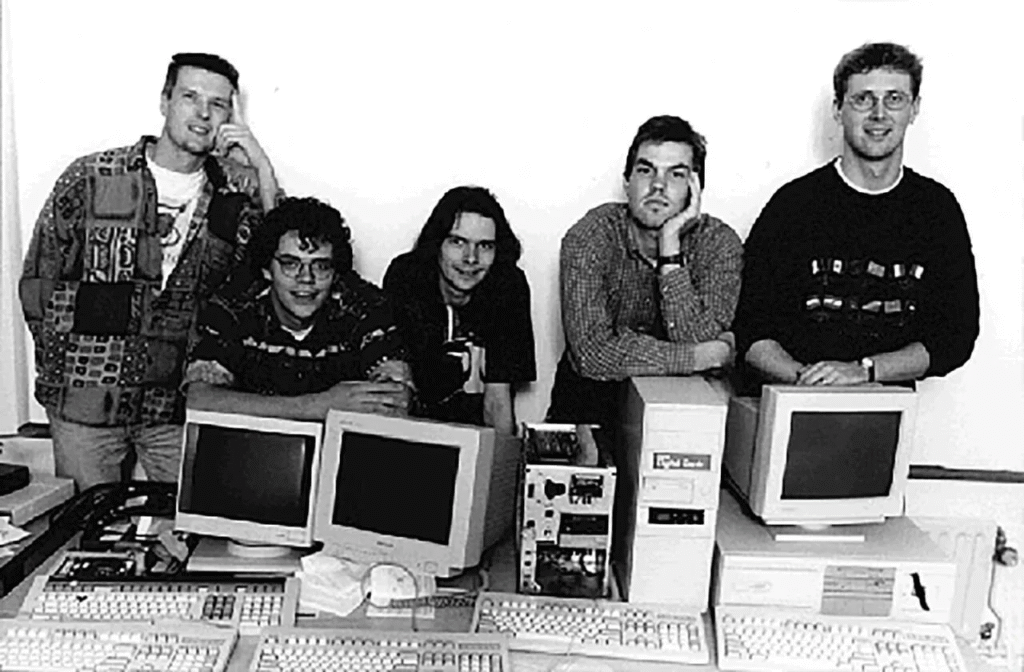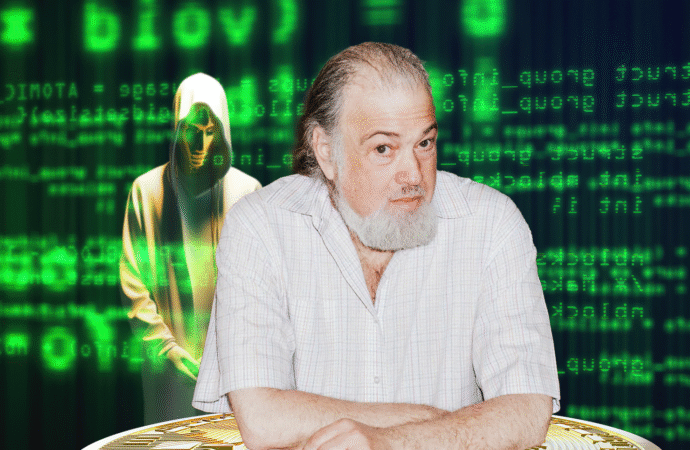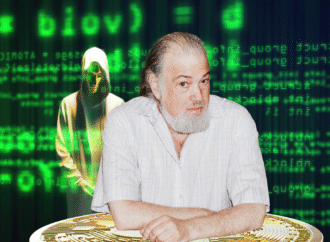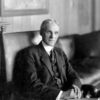Long before Bitcoin, one man dreamed of digital money that protected privacy — and unknowingly sparked the crypto revolution.
Long before anyone had heard of Bitcoin, Ethereum, or blockchain…before crypto millionaires and NFTs filled the headlines…There was one quiet genius who saw it all coming.
His name was David Chaum.

The Visionary
It was the early 1980s. Computers were the size of refrigerators, and the internet was just a whisper in research labs. But David Chaum, a brilliant cryptographer from the U.S., was already worried.
He saw how the world was moving toward digital transactions — credit cards, online databases, and electronic records. And he realized something terrifying:
“When money becomes data, privacy disappears.”
Every purchase, every payment, every movement could soon be tracked. He believed people deserved the same anonymity online that they had with cash in their wallets. So he began working on a radical idea — a digital form of cash that could be spent without anyone knowing who spent it.
The Birth of eCash
In 1983, Chaum published a paper that would quietly change the world:
“Blind Signatures for Untraceable Payments.”
It was the blueprint for eCash — the world’s first digital money system.
His invention allowed a person to withdraw digital coins from a bank, then spend them online without the bank (or anyone else) knowing what they bought or where they spent it. It was cryptography magic — the kind that could protect privacy in a digital age.
People didn’t need to reveal their identities, but the system still prevented cheating or double-spending. For the first time ever, money became math.
The Company That Was Too Early
By 1989, Chaum founded a company called DigiCash in Amsterdam. It was the first true digital currency business in history.

Banks loved the concept. In the 1990s, even Deutsche Bank and Mark Twain Bank (USA) started pilot projects with eCash. Chaum believed he was building the future of money — a safe, private, digital world. But the timing was wrong.
The world wasn’t ready. The internet wasn’t mainstream, online shopping barely existed, and few people trusted digital payments. By 1998, DigiCash went bankrupt — disappearing into history before most people even knew it existed.
The Lost Blueprint
But eCash left behind more than just a failed company — it left a seed. A seed that would grow silently for the next decade. Somewhere in 2008, an unknown person or group calling themselves Satoshi Nakamoto published the Bitcoin whitepaper.

Reading it closely, experts realized something amazing: Many of Satoshi’s core ideas — cryptographic signatures, digital coins, privacy, and the prevention of double-spending — were built on Chaum’s work.
But this time, there was a crucial difference. Where eCash was controlled by a company and banks, Bitcoin was controlled by no one. It was fully decentralized — money for the people, by the people.
The Legacy
David Chaum never became a billionaire, nor did he seek fame. But every Bitcoin mined, every crypto project launched, and every blockchain built owes something to him. He didn’t just create a technology — he started a movement. A movement for freedom, privacy, and digital independence.

Today, Chaum continues to innovate with projects like Elixxir and the xx Network, still fighting for a world where technology protects people instead of controlling them.
In the End
When we talk about cryptocurrency, we usually start with Bitcoin. But the real story — the spark that lit the revolution — began decades earlier, with one man, one idea, and a dream of private money in a digital world.
That man was David Chaum. And his eCash was the first heartbeat of crypto.
























Leave a Comment
Your email address will not be published. Required fields are marked with *